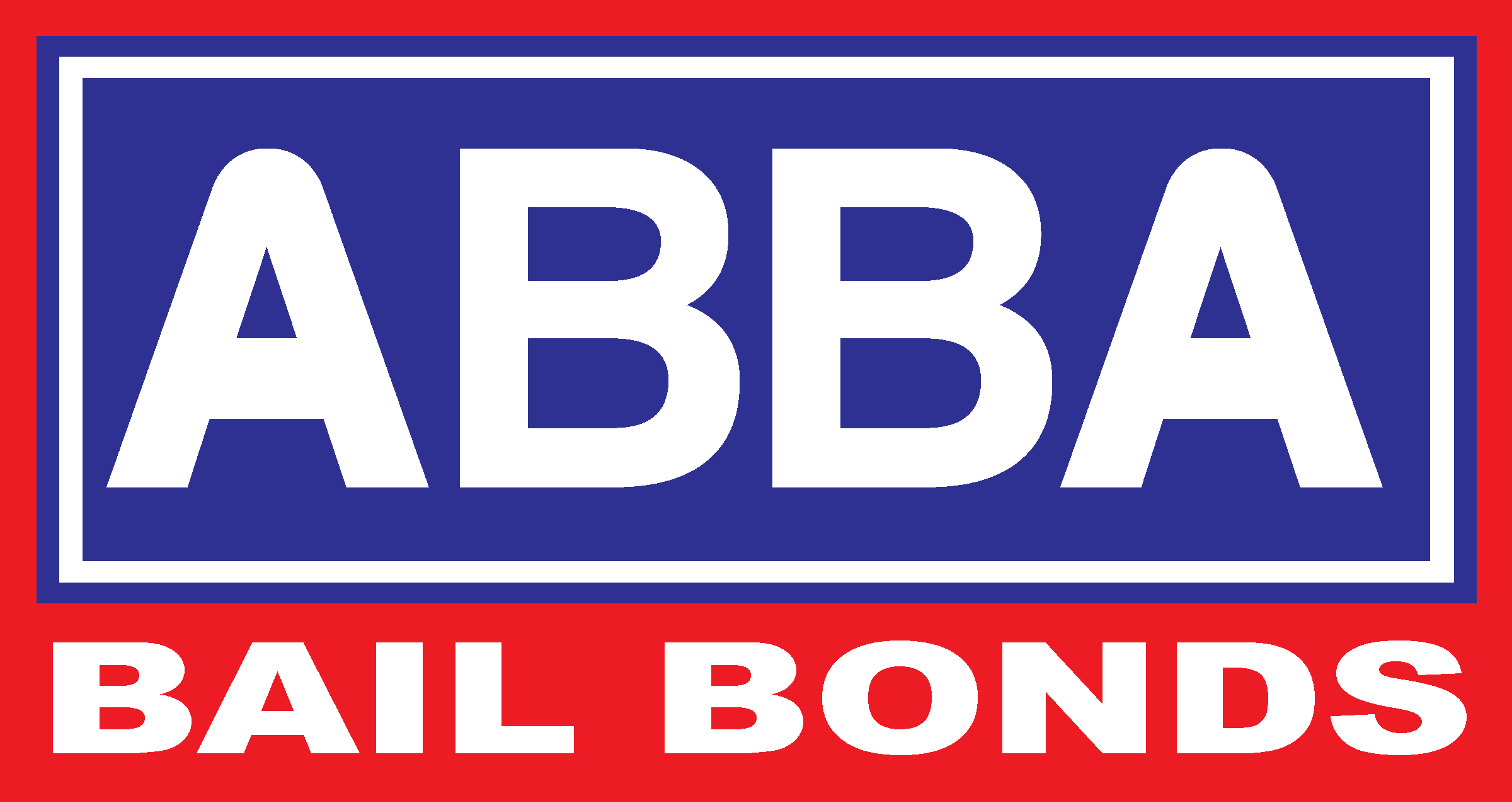Bail Bonds Riverside County
We have 1% Down Payment Bail Bonds, $99 Down Bail Bonds Payment plans, and $99 dollars per month payment plan, with proof of employment available in Riverside County.
1-hour release, our experienced agents are here to help you get your loved one released quickly. We are the fastest bail bonds company anywhere and your best choice in bondsmen right here in California.
We’ve been offering bail bonds right here in Riverside county to help you and your loved ones get out of jail fast. Call us today or visit us at one of our office locations for quick help.
Bail Bonds In Riverside County
Let us know exactly what you need help with for your Riverside County bail bonds and we will be quick to assist

My name is Emily and I’ve been working at Abba Bail Bonds for over five years. In that time I’ve specifically worked in our Santa Ana location. This means I’ve been right here in Orange County visiting each of the local jails by me. Get the quickest bail bonds in Orange County when you call us for help.
Working in Orange County is great, especially since I also live here. Knowing the local criminal justice system and its staff can also really help speed up the process when I’m posting bonds for someone in the OC. Getting you out as quickly as possible is our goal with every client we work with.
Emily Lowe – Santa Ana Bail Bonds
What To Have To Post Bail
In regards to what to have to post bail bonds in Riverside County, you will need several items when you visit our office. While we do offer collateral loans often, we also have some of the most aggressive options for low-down payments for a bail bond in Riverside County. Make certain you can show the following when you head down to post a bond:
Income Verification Documentation
Proof of Residency
Cash or Other Payment Method
Your State Identification Card, Driver’s License,, or Passport
Checking In With Your Bondsman
We have several options available for your weekly or monthly check-ins with your bail bondsman in Riverside County. If you are out on bond and miss your scheduled check-ins, this may lead to you being viewed as a higher flight risk, needing either increased surety or monitoring.
Doing your check-in at our physical Riverside location
Calling in weekly to remotely check-in with us
Form filled check-ins on our website
GPS monitoring solutions for active tracking
Showing up For Court Appearances
Since you are out on bond, you will need to show up to all of your court appearances. Every date you have is available through the local Riverside County Superior Court Records. Make certain to either check online if you don’t know when your next court date is or give us a call.
Arraignments
Pretrial Hearings
Preliminary Hearings
Jury Trial Dates
Why You Should Post Bond With Abba
Bail bonds Riverside County is a competitive industry. With new bondsmen being licensed every year, you want an experienced team that can get you out of jail fast. We are local to you and right here based in Riverside, this means quick bail bonds for you or your loved ones to get out of custody as soon as possible.
Over 40 years in business
Retired law enforcement on staff
Local, available staff 24/7
Lowest rates legally available for your bond
Call Now For The Best Bail Bonds Riverside County
List of Orange County City Sections
We offer bail bond services for jails in Riverside County and any other bail bonds Riverside County from our local Office
You can also view our other locations in the area here. We service every kind of bail bond in Riverside County. So whatever you need to secure your release, we have the right tools and staff to assist.
